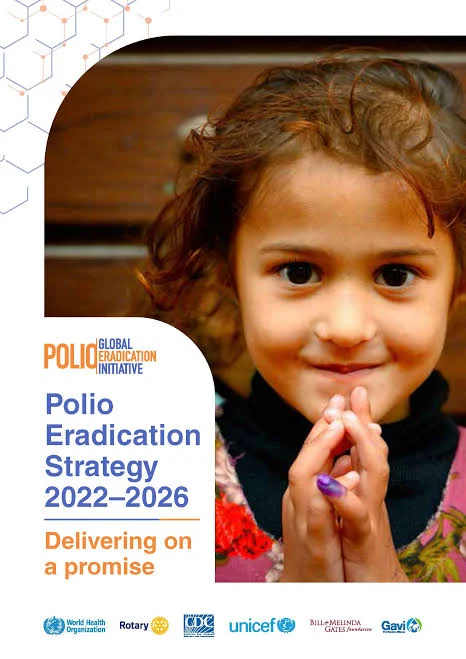In a significant development, Member States have reaffirmed their commitment to achieving a polio-free world, emphasizing the importance of sustaining eradication efforts through strong health systems, containment, and strategic transition of polio assets. This commitment underscores the global community’s determination to eradicate polio and build resilient health systems.
What is the Eradication?
*Eradication* refers to the permanent reduction to zero of the worldwide incidence of infection caused by a specific agent as a result of deliberate efforts. In simpler terms, eradication means completely eliminating a disease or infectious agent from the world, making it no longer a threat to human health.
Eradication is a significant achievement that requires sustained efforts, global cooperation, and effective public health strategies. The most notable example of eradication is smallpox, which was declared eradicated in 1980 after a global vaccination campaign led by the World Health Organization (WHO).
# Key Objectives
The strategic framework for polio transition outlines three primary objectives :
– *Sustaining Polio Eradication*:
Concerted efforts will focus on countries where the virus remains, ensuring capacities are maintained to keep the world polio-free.
– *Strengthening Immunization*:
Closer alignment of polio eradication and essential immunization goals will help reach hard-to-reach communities and broaden service delivery.
– *Disease Outbreak Response*: Continued support will enable countries to detect and respond to disease outbreaks effectively.

# Global Cooperation
The Global Polio Eradication Initiative (GPEI) has been instrumental in driving progress toward a polio-free world. G7 Health Ministers have reaffirmed their commitment to polio eradication, recognizing the initiative’s surveillance capacity and ability to reach vulnerable communities .
# Strategic Transition
The polio eradication strategy for 2022-2026 emphasizes the importance of :
– *Electronic Surveillance Systems*: Supporting countries in transitioning to electronic surveillance systems adapted to national health needs.
– *Long-term Sustainability*: Ensuring the long-term sustainability of polio assets and infrastructure to benefit broader public health efforts.
# Progress and Challenges
Despite progress, challenges persist, particularly in countries where polio remains endemic. Continued support and engagement from the international development community are crucial to achieving a polio-free world. The GPEI’s work in surveillance, supplementary immunization, outbreak preparedness, and response will remain vital in the journey toward polio eradication
